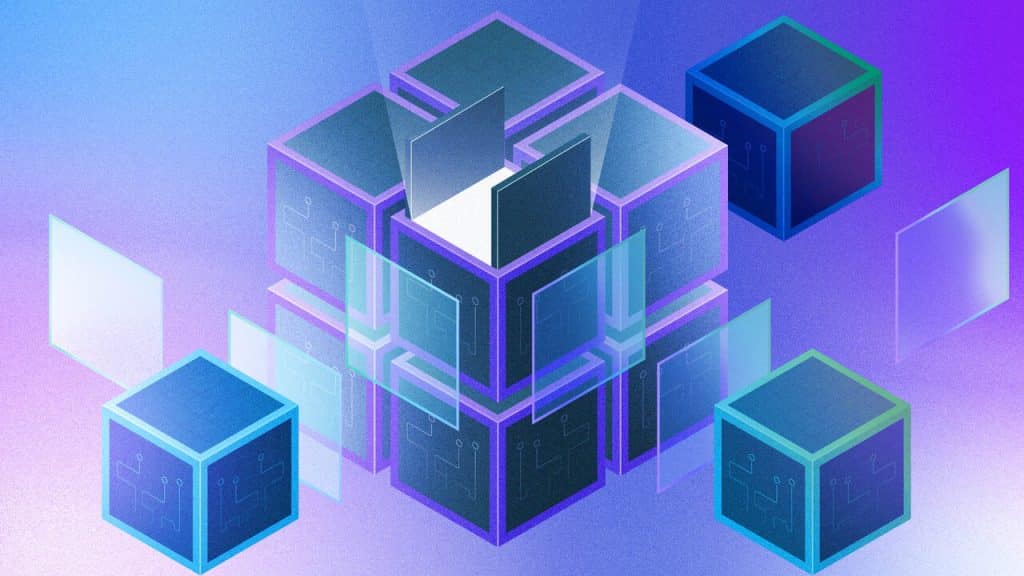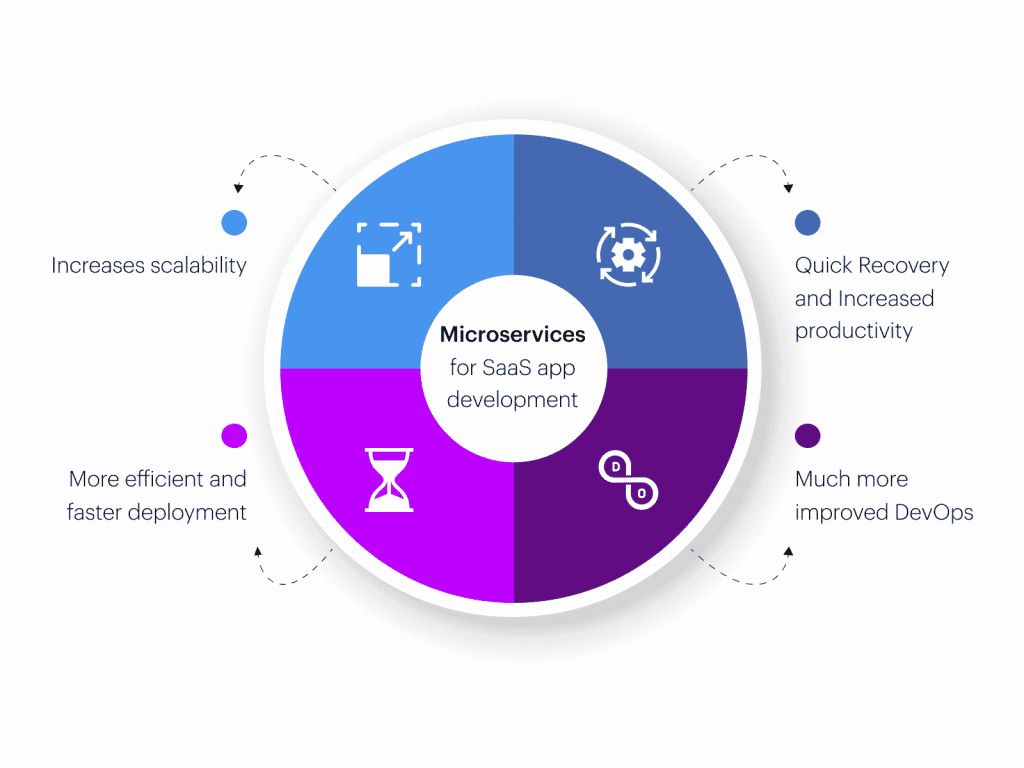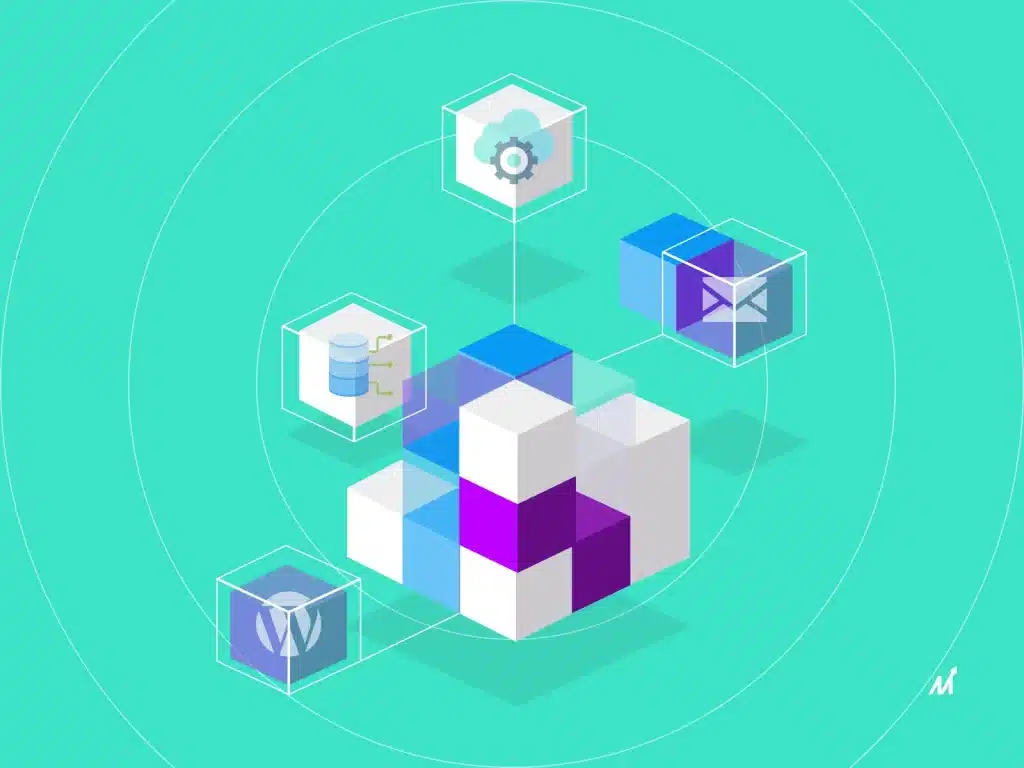In the realm of Software as a Service (SaaS) development, the adoption of Microservices Architecture has been a topic of substantial interest.
The intricate interplay between the microservices architecture advantages and drawbacks of this architectural approach presents a nuanced landscape for SaaS providers to navigate.
By dissecting the pros and cons of implementing Microservices, organizations can gain valuable insights into the potential benefits and challenges that lie ahead.
Understanding the implications of this architectural paradigm shift is crucial for staying ahead in the dynamic world of SaaS development.
Microservices Architecture Advantages: Revolutionizing SaaS Development
The adoption of microservices architecture in SaaS development marks a significant shift in how software teams operate.
By providing training on microservices architecture, SaaS teams can enhance their productivity and agility.
This revolution in development practices empowers teams to build scalable and flexible solutions that meet the evolving needs of modern businesses.

Training for Microservices Architecture: Empowering SaaS Teams
Training for microservices architecture is crucial for empowering SaaS teams to navigate the complexities of this revolutionary approach.
By understanding the key components of microservices architecture advantages in SaaS, teams can enhance their development processes and optimize the delivery of scalable and robust software solutions.
This training equips SaaS teams with the necessary tools and knowledge to embrace the agility and efficiency that microservices architecture offers in the realm of software development.
Key Components of Microservices Architecture in SaaS
Empowering SaaS development through the implementation of key components in microservices architecture advantages is essential for enhancing scalability and efficiency in software delivery.
These components include:
- Service discovery mechanisms
- Containerization for deployment flexibility
- API gateways for managing access to services
- Centralized logging for monitoring
- Distributed databases for data management
Flexibility AdvantagesThe Advantages of Microservices in SaaS: A Comprehensive Overview
Exploring the practical applications of microservices in SaaS environments reveals a landscape rich with success stories.
These real-world examples illuminate the tangible benefits and flexibility that microservices offer to SaaS development.
Microservices in Action: Real-World SaaS Success Stories
The utilization of microservices in real-world SaaS success stories showcases the flexibility and scalability advantages of this architectural approach. By breaking down complex applications into smaller, independent services, companies can adapt to changing market demands more efficiently.
These success stories serve as compelling examples of how microservices can enhance the agility and innovation capabilities of SaaS development.
The Role of Microservices in Scalable SaaS Solutions
In modern SaaS development, the pivotal role of microservices in achieving scalable solutions cannot be overstated.
By breaking down applications into smaller, independent services, microservices enable easier scalability by allowing specific components to be scaled independently based on demand.
This flexibility ensures that resources are utilized efficiently, making it easier to adapt to changing workloads and user requirements in a dynamic SaaS environment.

Understanding Microservices: Transforming SaaS Architecture
Understanding the transformative impact of microservices on SaaS architecture is crucial for modern software development practices.
Microservices Architecture advantages have revolutionized the way SaaS applications are designed, developed, and maintained. Unlike traditional monolithic architectures, where an entire application is built as a single unit, microservices break down the application into smaller, independent services that can be developed, deployed, and scaled individually.
This modular approach to software development enables greater flexibility, agility, and scalability in SaaS applications.
Microservices Architecture: A Deep Dive into Its Benefits for SaaS
Exploring microservices architecture advantages in SaaS development unveils a myriad of benefits that address key challenges faced by traditional monolithic architectures.
By breaking down software into smaller, independent services, scalability and flexibility are greatly enhanced, allowing for quicker updates and efficient resource allocation.
This shift towards microservices empowers SaaS companies to adapt swiftly to changing market demands, ensuring robust, agile, and resilient software ecosystems.
Challenges and Solutions in Microservices Architecture for SaaS
Addressing performance optimization through the implementation of microservices in SaaS presents both challenges and opportunities.
By breaking down software into smaller, independent services, scalability and performance improvements can be achieved.
However, ensuring seamless communication between these services and managing potential bottlenecks are critical aspects that need to be carefully addressed.
Optimizing Performance with Microservices in SaaS
To enhance operational efficiency and responsiveness in Software as a Service (SaaS) development, leveraging microservices architecture advantages plays a crucial role in optimizing performance.
By breaking down large applications into smaller, independent services, microservices allow for easier scalability, fault isolation, and improved resource utilization.
This modular approach enables teams to fine-tune individual components, leading to better overall system performance and enhanced user experience in SaaS products.

Leveraging Microservices Architecture for Enhanced SaaS Solutions
Integrating microservices strategically into SaaS development can revolutionize the way software solutions are delivered and maintained.
By breaking down applications into modular services, scalability and flexibility are enhanced, allowing for quicker adaptation to changing business needs.
This approach not only streamlines development processes but also improves overall system reliability and performance.
Integrating Microservices: A Strategic Approach for SaaS Development
As the SaaS landscape continues to evolve, the integration of microservices stands out as a strategic approach for enhancing SaaS solutions.
Embracing microservices architecture enables SaaS providers to adapt to future trends and meet the growing demands of users.
This strategic utilization of microservices paves the way for more agile, scalable, and efficient SaaS development processes.
Future Trends: Microservices Architecture in SaaS Evolution
In the realm of SaaS evolution, the strategic integration of microservices architecture advantages stands out as a pivotal driver for enhancing software solutions.
Future trends indicate a continued shift towards microservices for developing more scalable, flexible, and resilient SaaS applications.
This evolution allows for easier maintenance, updates, and the ability to adapt to changing market demands swiftly.
Embracing microservices architecture is key to staying competitive in the SaaS landscape.
How Do Microservices Impact the Scalability of Saas Applications?
Microservices architecture enhances the scalability of SaaS applications by allowing independent scaling of individual services based on demand. This modular approach enables efficient resource allocation, improves performance, and supports rapid growth without affecting the entire system.
What Are the Potential Challenges of Transitioning From a Monolithic Architecture to a Microservices Architecture in Saas Development?
Transitioning from a monolithic architecture to microservices in SaaS development can pose challenges such as increased complexity in managing multiple services, potential performance bottlenecks, data consistency issues, and the need for a robust monitoring and testing strategy to ensure seamless functionality.
How Do Microservices Affect the Overall Cost of Developing and Maintaining a Saas Product?
Microservices can impact the overall cost of developing and maintaining a SaaS product by providing scalability, flexibility, and faster time-to-market. However, managing multiple services can increase operational overhead, requiring robust monitoring and automation.
What Security Considerations Should Be Taken Into Account When Implementing Microservices in Saas Development?
Security considerations in implementing microservices in SaaS development are paramount. Factors such as data encryption, access controls, secure communication protocols, authentication mechanisms, robust logging, and continuous monitoring must be meticulously planned and executed to safeguard sensitive information and prevent security breaches.


